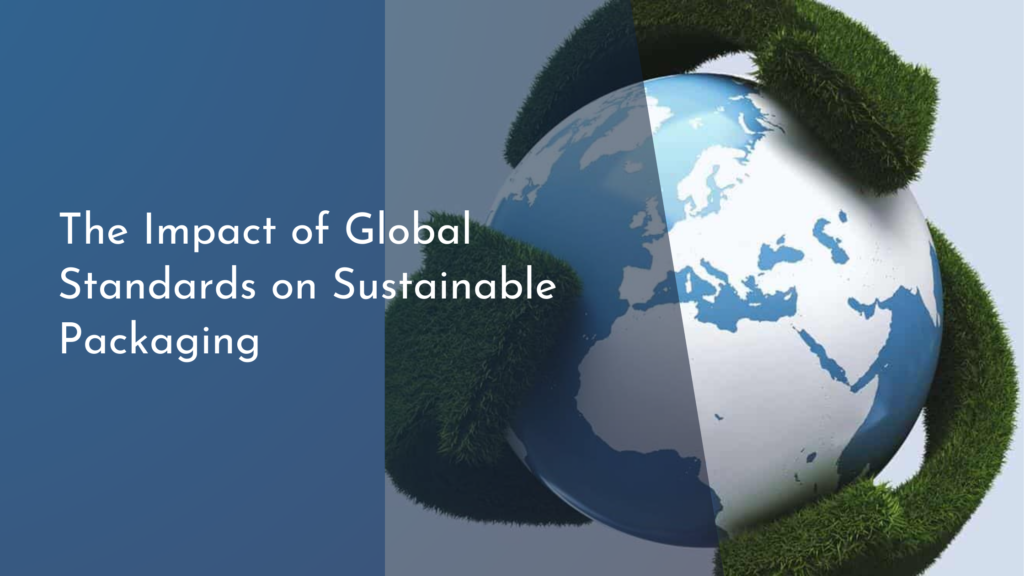Using Urban Forestry to Offset Construction Emissions
As cities continue to expand and evolve, the environmental impact of construction activities has become a pressing concern. Building projects often result in significant greenhouse gas emissions, contributing to climate change and affecting air quality. However, there is a green solution that many urban areas are adopting: urban forestry. By integrating trees into the fabric of city life, communities can effectively offset the emissions generated by construction projects. This article explores the benefits of urban forestry and its role in fostering a sustainable future.
Embracing Urban Forestry: A Green Solution for Cities
Urban forestry encompasses the management and care of trees in urban settings, promoting the health of both the trees and the urban ecosystem. With more people recognizing the importance of green spaces, cities worldwide are embracing this concept as a vital component of urban planning. Urban forestry not only beautifies neighborhoods but also plays a crucial role in improving air quality and enhancing overall well-being. By integrating trees into new developments, cities can mitigate the negative impacts of construction activities and promote a greener lifestyle for their residents.
The implementation of urban forestry initiatives is gaining momentum, with local governments and organizations collaborating to create programs that incentivize tree planting. These efforts often include community engagement activities, such as tree-planting events and educational workshops, which encourage residents to take part in the greening of their neighborhoods. By fostering a sense of community and shared responsibility for the environment, urban forestry initiatives can create a lasting positive impact on urban ecosystems.
How Trees Help Mitigate Construction Emissions Effectively
Trees are often referred to as "nature’s air conditioners," and for good reason! They absorb carbon dioxide during photosynthesis, helping to offset the greenhouse gas emissions associated with construction activities. One mature tree can absorb approximately 48 pounds of carbon dioxide annually, making them powerful allies in the fight against climate change. By planting more trees as part of urban development projects, cities can significantly reduce their carbon footprint and promote cleaner air for their inhabitants.
Moreover, trees provide additional benefits beyond carbon absorption. They help to reduce the urban heat island effect, which is particularly pronounced in densely populated areas where concrete and asphalt dominate the landscape. By providing shade and cooling the air, trees can lower energy consumption for cooling buildings and reduce the overall demand for electricity, further decreasing emissions associated with power generation. This multifunctional approach to urban forestry not only helps mitigate construction emissions but also enhances the quality of life for residents.
The Benefits of Trees: A Breath of Fresh Air for Urban Areas
The benefits of urban forestry extend beyond just environmental impacts; they positively influence human health and well-being as well. Research has shown that urban green spaces, including parks and tree-lined streets, contribute to improved mental health, reduced stress levels, and increased physical activity. Access to nature has been linked to greater community cohesion, as green spaces provide areas for social interaction and recreational activities, fostering a sense of belonging among residents.
In addition to promoting mental and physical health, trees also enhance property values and attract businesses to urban areas. A well-maintained urban forest can make neighborhoods more appealing, leading to increased foot traffic and a stronger local economy. This economic boost, coupled with the environmental benefits, illustrates the importance of trees as integral components of urban infrastructure. Investing in urban forestry is not just an environmental initiative; it’s a strategy for creating vibrant, thriving communities.
Join the Movement: Planting Trees for a Sustainable Future
The movement toward urban forestry is gaining traction, and you can be part of it! Individuals, families, and businesses can contribute to the cause by participating in local tree-planting events and advocating for green initiatives within their communities. Whether it’s planting a single tree in your yard or supporting local organizations that promote large-scale reforestation efforts, every action counts. By working together, we can help create healthier, more sustainable cities for future generations.
As we move toward a greener future, it is essential to recognize the role urban forestry plays in combating the impacts of construction emissions. By embracing trees as vital components of urban ecosystems, we can foster healthier environments, enhance economic vitality, and create spaces that foster community connections. Let’s join the movement for urban forestry and plant trees today for a sustainable tomorrow!
In conclusion, urban forestry presents an effective and innovative approach to offsetting construction emissions while providing myriad benefits to urban areas. The integration of trees into city landscapes not only helps combat climate change but also enhances the quality of life for residents. By joining the movement to plant trees and advocate for greener cities, we can all contribute to a sustainable future where both people and nature thrive. So, let’s roll up our sleeves and get planting—our urban forests are waiting for us!

